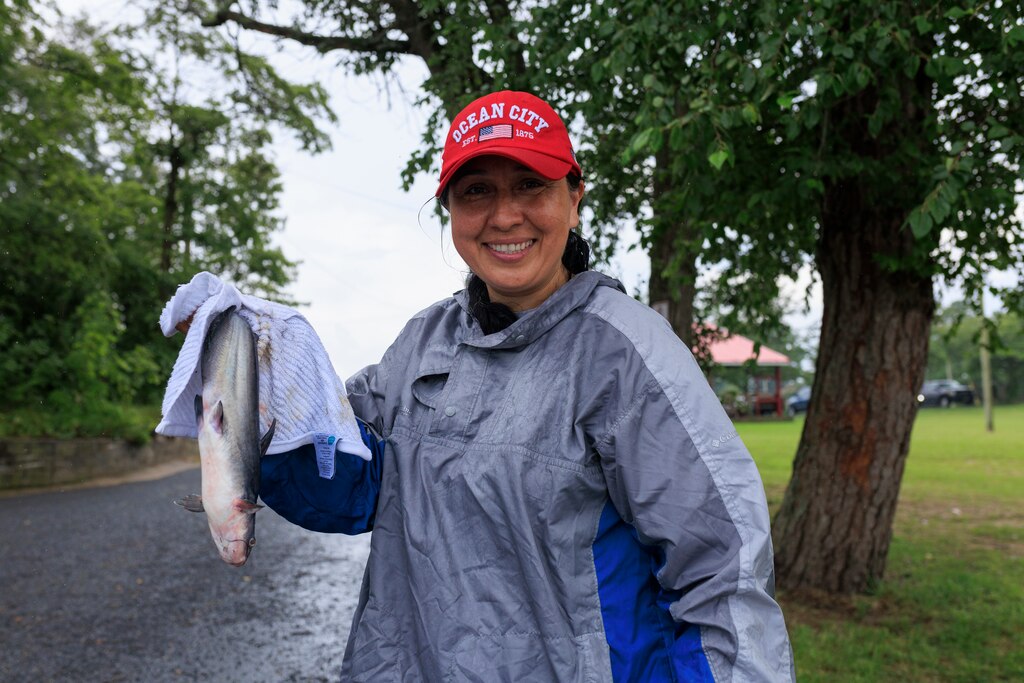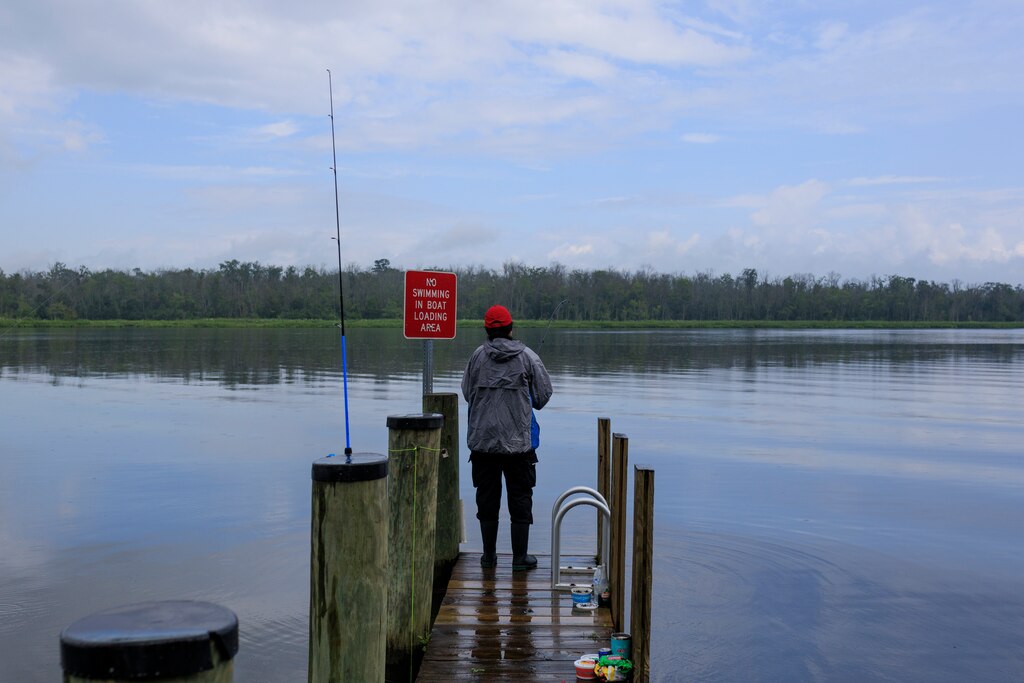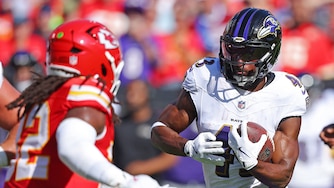There’s no record of blue catfish in the Nanticoke River until about 2010, more than 30 years after the Deep South river monsters first arrived in the Chesapeake Bay watershed.
Today, fishermen can hardly sink a line into the bay tributary on the Eastern Shore without snagging a big blue cat, typically fighting hard.
Plenty did last weekend, when a few dozen turned out for the fourth annual Nanticoke River Invasive Fishing Derby. The no-fee tournament targets blue catfish, bottom-feeders that have stormed into Eastern Shore waters, multiplying prolifically and eating just about anything they can get their whiskered lips around.
As a 1:30 p.m. weigh-in approached Saturday, boats docked at a landing in Sharptown, about 10 miles from the river’s Delaware headwaters. Fishermen disembarked, lugging coolers and dangling blue cats from stringers.
“The goal is to make long-term predators of these fish,” said Noah Bressman, the Salisbury University scientist who organizes the Nanticoke tournament.
Bressman, 31, got his start studying amphibious fish such as the Northern snakehead, which can hoof short distances over land. He tattooed his passions on his body: A neon blue, skeletal fish on his left forearm renders some of his own biochemical artwork; on the right, a school of amphibious mummichogs dart toward his wrist while a snakehead, baring reptilian teeth, gives chase.

Bressman’s interest in invasive species eventually led to Chesapeake blue cats. When he first cut one open, a 47-pounder from the Nanticoke, he found a whole wood duck in its stomach.
The discovery was exhilarating — it drew headlines, and Bressman plans to get a tattoo of the scene soon — but not encouraging.
Virginia wildlife officials released blue catfish, often sought for their taste and size, in some of its bay tributaries in 1974 in a misguided — and, Bressman said, understudied — attempt to establish fisheries there. The thinking was the freshwater fish wouldn’t go far because of the Chesapeake’s salinity.
Wrong.
They’ve since skipped from one tributary to the next, taking root in the bay and preying on everything from turtles to declining blue crabs to prized rockfish to, apparently, ducks.
Researchers from Bressman’s lab and the U.S. Geological Survey pitched a tent at the tournament and waited patiently for anglers to weigh their catch before dissecting them with knives and hand saws.
“Everybody wins. And I get dinner,” said Austin Ingersoll, a 20-year-old contestant from Hebron, as he carved fillets out of his biggest fish and tossed its intestines aside for a researcher’s investigation.



In all, contestants caught around 120 fish, all blue cats aside from four snakehead, another invasive species in the Chesapeake. It was a slow day. Two years ago, participants caught 760 fish and close to five times Saturday’s total weight.
Some participants joked half-heartedly that the slim number could be a sign they’ve finally put a dent into the local catfish number.
Not likely.
In many Chesapeake tributaries, the catfish have all but taken over, accounting for as much as 70% of total fish biomass.


“It’s clearly an issue but not understood enough to know how big a gun we’re staring down,” said Taylor Swanson, executive director for the Assateague Coastal Trust, who attended the Nanticoke tournament to cast a few lines and educate attendees on the catfish invasion.
Still, Bressman believes Maryland can fish and eat its way out of the problem. The state has no limit on fishing for blue catfish.
The Maryland Department of Natural Resources has waged a yearslong marketing campaign to convince people to eat blue cats, which are popular fare in their native South. It posts recipes online. Freshman Rep. Sarah Elfreth recently introduced legislation to encourage a market for blue catfish in pet food.
“If people here knew about catfish po’boys, we wouldn’t have a problem,” said Robby Chin, a Salisbury University staffer and friend of Bressman who said he’d inherited bayou tastes from his dad, a Louisiana State University alum.



As things stand, Maryland has a long way to go.
Commercial fishermen in Maryland have dramatically increased their landings of blue catfish, pulling 4 million pounds out of bay tributaries in 2023. If they want population declines, though, Bressman expects they need to get closer to 30 million pounds.
Meanwhile, the fish are getting bigger.
The Nanticoke record fell twice in less than a month in 2023, climbing to 53 pounds (though Maryland’s state record of 84 pounds has stood since 2012).
The biggest caught Saturday, 9 pounds, went to Quincey Higgins, a Delaware blue cat fisherman who usually does his fishing at night, when he said he can easily reel in 10 that size.
For Esther Garrido, Saturday was only her second time fishing. The first was the night before, when she caught a catfish and said she fell in love.

Unaware of a competition, Garrido returned Saturday morning to the Nanticoke. Bressman showed her how to tie a hook.
By midmorning, blue catfish were piling up in her cooler alongside scuttling crabs. She won an award — she caught more weight in catfish than anyone else fishing from shore Saturday — and took home a new rod among her prizes.
She didn’t know catfish were overrunning the bay before her inadvertent derby entry, but she’s excited to do her part now.
“This is amazing,” said Garrido, beaming after she collected her prize. “Oh my God. I’ll be coming even more. Get more catfish — as much as I can.”
It may have been a slow day, but Bressman said it’s a success if it brings people like Garrido into the fight.
Tallying the day’s count, he said contestants nabbed a little over 200 pounds of fish. “That’s 200 pounds less catfish in the river.”





Comments
Welcome to The Banner's subscriber-only commenting community. Please review our community guidelines.